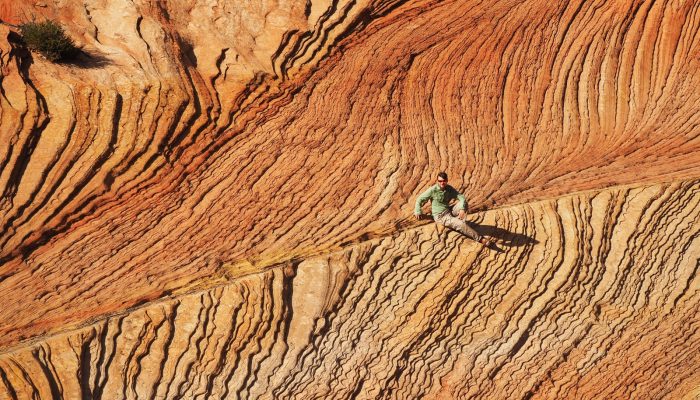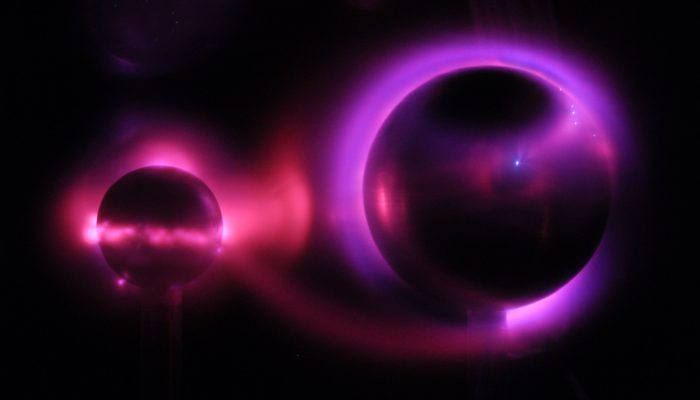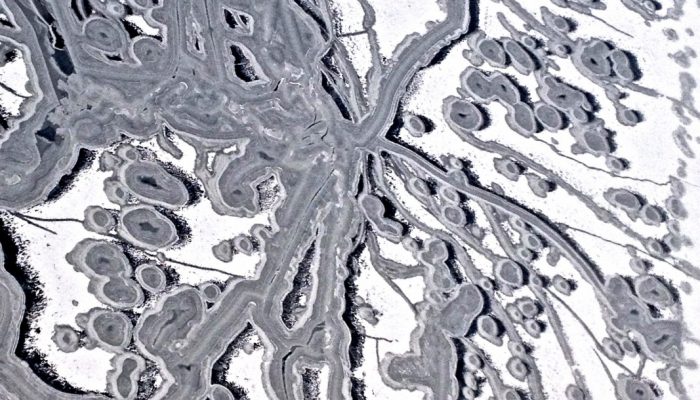Among many other environmental impacts, human activities have introduced a range of animal and plant species to areas where they do not naturally belong. The introduction of alien species, as these translocated taxa are known, has wide ranging implications for native biota, ecosystem functioning, human health and the economy. Research published earlier this year found that during the last 200 year ...[Read More]
Imaggeo on Mondays: Bird’s eye view of Trebecchi Lakes




